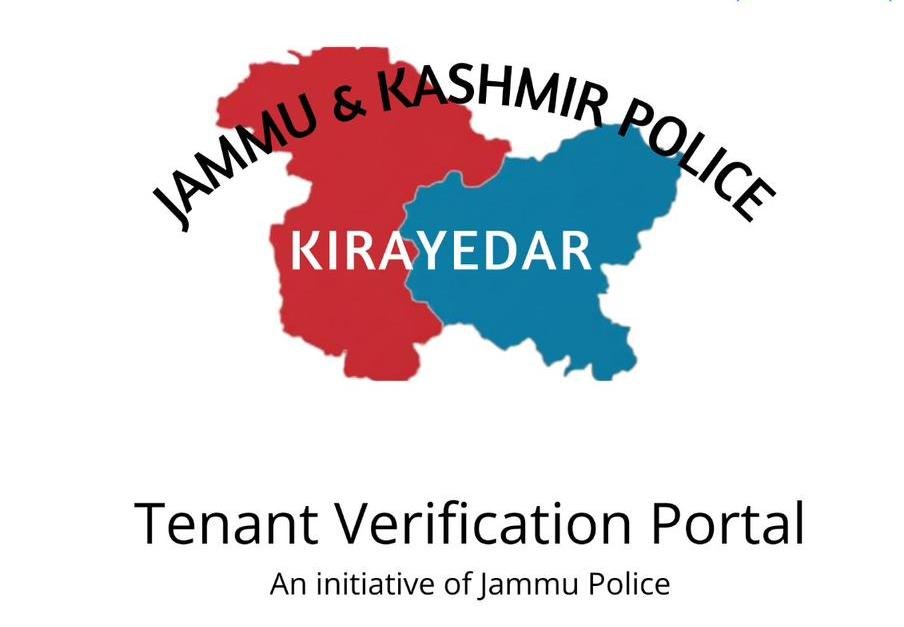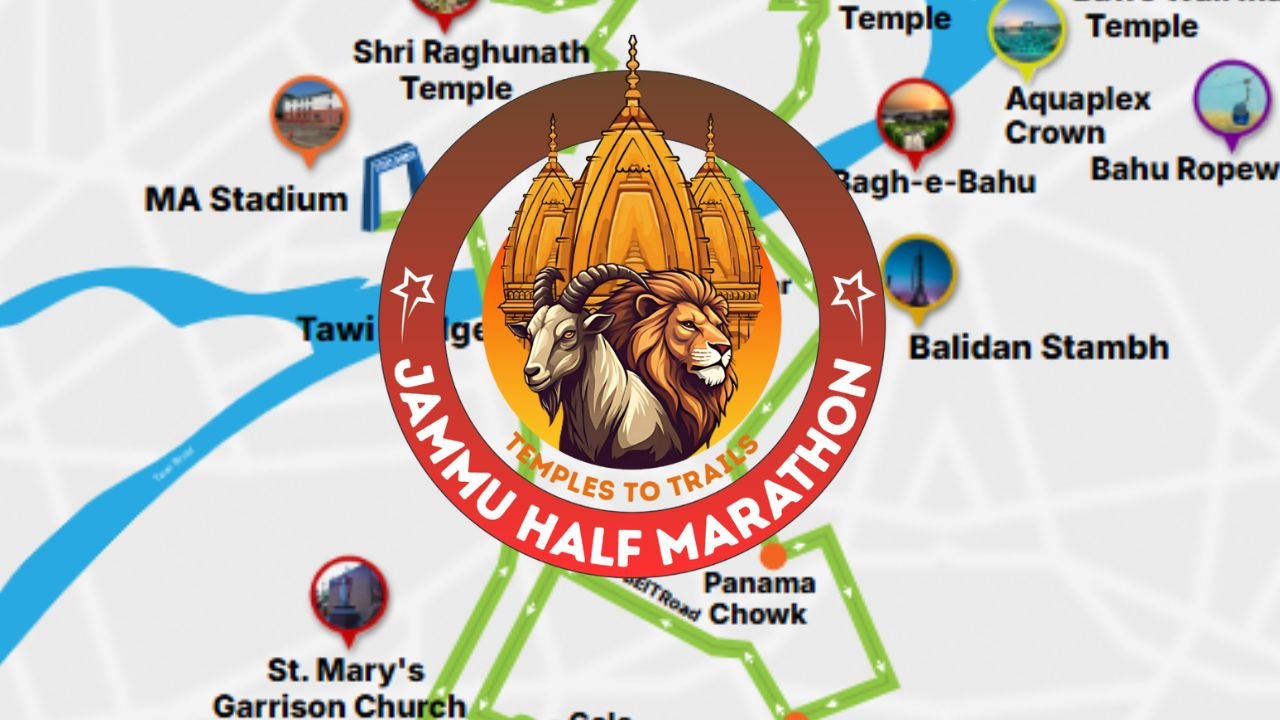Jammu and Kashmir, often hailed as “Paradise on Earth,” witnessed a strong rebound in domestic tourism in the first half of 2025. According to data shared by Union Tourism Minister Gajendra Singh Shekhawat, over 95 lakh domestic tourist visits (DTVs) were recorded in the region between January and June 2025, signaling a strong revival in local travel sentiment despite recent security concerns.
The data, furnished in a written parliamentary response, indicated that domestic travel to the Union Territory remains robust. From January to June 2025 alone, 95,92,664 domestic tourists visited Jammu and Kashmir. Foreign tourist visits (FTVs) for the same period stood at 19,570.
This is a remarkable increase, particularly when compared to figures from previous years. For context, 2024 saw 2.35 crore DTVs, followed by 2.06 crore in 2023, 1.84 crore in 2022, 1.13 crore in 2021, and just over 25 lakh in 2020, when the pandemic had severely restricted travel.
Read also: Patnitop Tourism: Places To Visit in Patnitop
Comparison of Domestic and Foreign Tourist Trends
While domestic tourism continues to flourish, the influx of foreign tourists remains comparatively low. Historical FTV data shows gradual recovery:
- 2024: 65,452 foreign tourists
- 2023: 55,337
- 2022: 19,985
- 2021: 1,650
- 2020: 5,317
The figures for 2025, although still modest, are steadily improving and reflect growing international interest in the region.
No Economic Impact Assessment Conducted
Despite the impressive visitor numbers, there are concerns about the economic impact of recent terrorist incidents, especially the tragic attack in Pahalgam during the peak tourist season.
AIMIM MP Asaduddin Owaisi questioned whether the Central Government had conducted any assessments to understand how such events have affected tourism-related businesses and local livelihoods.
Read also: Exploring Jammu: Best Jammu Tourist Places To Visit
In response, Tourism Minister Shekhawat stated that no such assessment has been conducted by the Ministry of Tourism regarding economic losses or disruptions faced by stakeholders in Jammu and Kashmir’s tourism sector.
The first-half 2025 figures reflect resilience and growing domestic travel confidence in Jammu and Kashmir. However, the government’s admission of not assessing the economic impact of security incidents on tourism-dependent businesses raises concerns.
As India positions itself as a global tourism hub, there’s a growing need for data-driven assessments, stakeholder support, and crisis response planning to ensure that tourism growth translates into sustainable economic benefits—especially in sensitive regions like Jammu and Kashmir.
With continued promotional efforts and infrastructural investments, the Union Territory is well-positioned to not only reclaim but also surpass its former tourism glory.
















